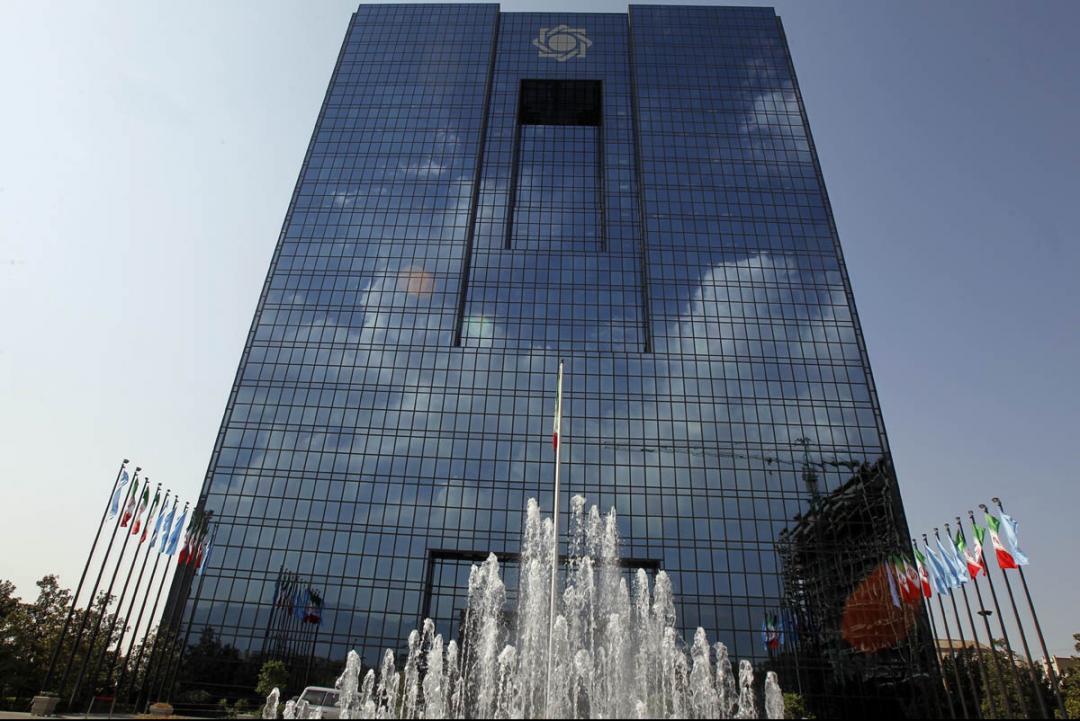The regulator lowered the cap on interest rates offered by banks, in a bid to boost business lending.
After being pushed by various groups to increase business financing, the Money and Credit Council reduced the cap on one-year deposit interest rates by 200 basis points to 20 percent. The decision will be binding for all commercial banks from May 3.
The council, in charge of setting monetary policy, announced its decision to ease monetary policy after a much anticipated meeting on Tuesday. The MCC is headed by the governor of the central bank, but the minister of economy and lawmakers are also members.
Monetary officials hope the nine percent drop in the cap will reduce borrowing rates and help dissipate the credit crunch that pundits say is suffocating business performance.
Discussing interest rates has been on the MCC's agenda for months but decision-making was delayed every time for unsaid reasons.
A Moderate Cut
Many wanted a steeper cut in deposit rates to help boost the economy, but the council declined to do so for socioeconomic reasons.
The poor state of the major banks that hold at least $33 billion of bad debt is one reason, as they could hardly cover the increased demand for loans if the rate cut had been extreme. Such a scenario would only increase rent opportunities in an already distorted economy.
Furthermore, many pensioners have put their savings in banks. The council did not want to disturb their peace as they have already had their savings eroded by over two thirds due to the 2012-13 recession.
Lending Rates
The council also lowered the ceiling on other interest rates, including capping lending rate to 24 percent – the MCC did not specify the maturity for loans – from a previous range of 27 to 28 percent.
The cap for interest rates on loans is only applicable to some loans. The council specified conditions for the ceiling's relevance. Banks can ask for higher interest on Mosharekat Loans – a Sharia-based partnership contract between the borrower and the lender – if the lender provides enough evidence to the central bank to back its decision.
The cap on effective interest rates means banks have to tailor their products so that their effective rate falls below the set ceiling. “The council’s decision is not final and will be reviewed every three months,” Central Bank Governor Valiollah Seif said after the meeting.
As Expected
Investors were expecting the 200 basis point cut in one-year – the longest term currently offered by lenders in Iran – deposit interest rate cap. The chief executives of Iran's banks had voiced their agreement to the cut during a meeting with the governor of the central bank earlier this week.
The Tehran Stock Exchange snapped a seven-day losing streak but failed to secure sizable gains, due to pessimism that the rate cut would not have any major effect on the economy in the foreseeable future. The market's main index edged up 0.19 percent off four-week lows to 65,634.10 points by Wednesday's close.
The rial on the other hand, was softened by the decision, falling against all major currencies.
The US dollar rose 0.45 percent to 33,380 rials by 10:54 GMT in Ferdowsi Street – heart of foreign exchange in Tehran. However, the euro was the main gainer of Wednesday's trade, having its best trading day since March 17. The European currency soared 2.87 percent to 37,430 rials, a seven-week high. Sterling also advanced with other currencies against the rial, gaining 0.85 percent to 51,190 rials by 10:54 GMT, also a seven-week high.
Weighing the Odds
Calls for cutting interest rates have recently been heard from every side. Proponents of a rate cut, sight the need for cheaper money to revive Iran's ailing industries, and a reversal in the flight of savings to less risky and higher yielding deposits from other markets, especially equity markets, as reasons. They also say that rates should be cut in line with the decline in inflation to lower than 20 percent, to boost business investment.
There are, however, opposing views. Opponents contend that a cut in interest rates could stoke inflation – which is already high – by increasing money supply. They also say that the downtrend in the equity markets is due to political uncertainty regarding nuclear sanctions, and lackluster performance by the companies due to Iran's financial crisis in 2012. They argue that the central bank should first rein in inflation, and then think about economic growth, as the bank's mandate states.
The central bank wants to "keep real interest rates positive, while keeping the rates reasonable," the bank's governor, Valiollah Seif, said last week. The bank's analysis shows that there are few businesses that could borrow at current rates. So, it was aiming for a two percent real deposit rate and a four percent margin for banks, putting lending rates six percent above inflation.


